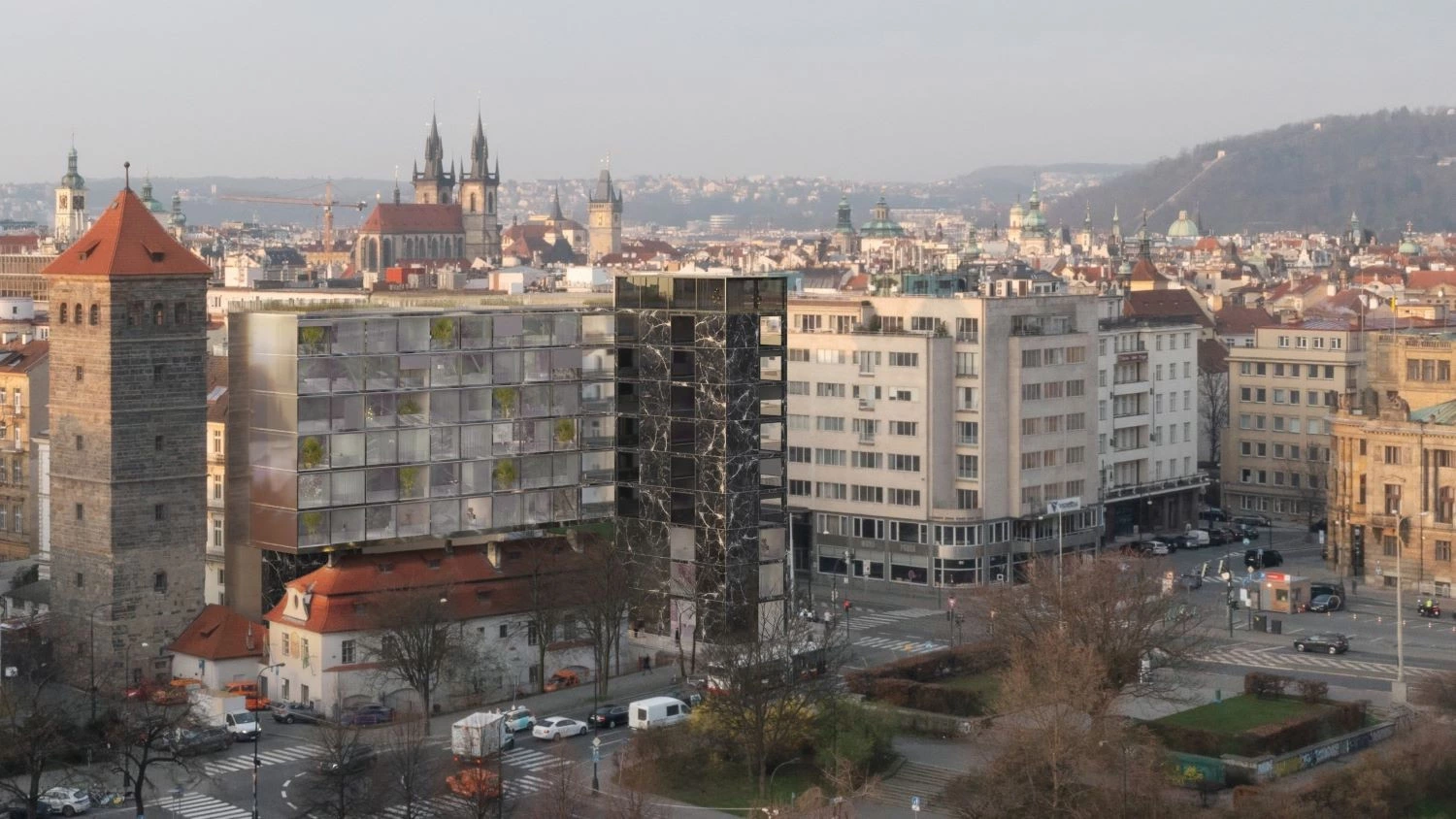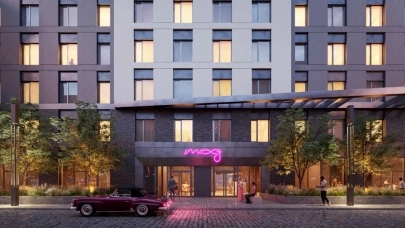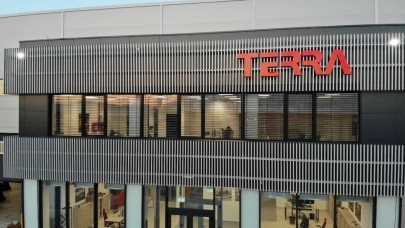
More than 80 architectural studios from all over the world have entered the competition for the Revoluční 30 project in Prague. The winning design has been chosen out of the six finalists.
The proposal of the Revoluční 30 project comes with a solution that also fits into the long-term conceptual study of the Hradební Korzo. For the Institute of Planning and Development City of Prague (IPR) it was created by architect and member of the competition jury Ondřej Císler. The study aims to connect the system of streets from Národní trída through náměstí Republiky to Revoluční ulica, to increase their quality and improve conditions for pedestrians, cyclists and public transport.
All the contestants had the task of coming up with a project that would not only bring Prague a modern or bold architecture of the apartment building but would also enliven the mouth of the Hradební Korzo and offer a new meeting place for the people of Prague. According to the jury, the Czech-French tandem Peer collective and Studio Muoto did it best.
"The levitating house impressed the entire jury with its originality and generous passage with wide possibilities for social events, which are so lacking in the place," comments the chairman of the jury Winy Maas, an internationally recognized Dutch architect and visiting professor at the Faculty of Architecture of CTU.
"We are now starting a wider debate about the winning proposal with representatives of the district and the capital, preservationists and residents of the neighbouring house. Together with the architects, we are listening to everyone and I believe that we will soon present the final version of the project, which will then go through the permitting process," Jakub Mikulášek, Asset Manager at RSJ investment group, describes the current situation.
Revoluční 30 does not encompass the entire plot of land of the owner, who can thus fulfil a public function. In addition to the new public passage, the proposal comes with the possibility of changing the purpose of the Baroque House no. 1244 from the existing background of the company Pražské služby for a cultural or educational centre. This part of the proposal is also part of further negotiations with the city, which is the owner of the building.



